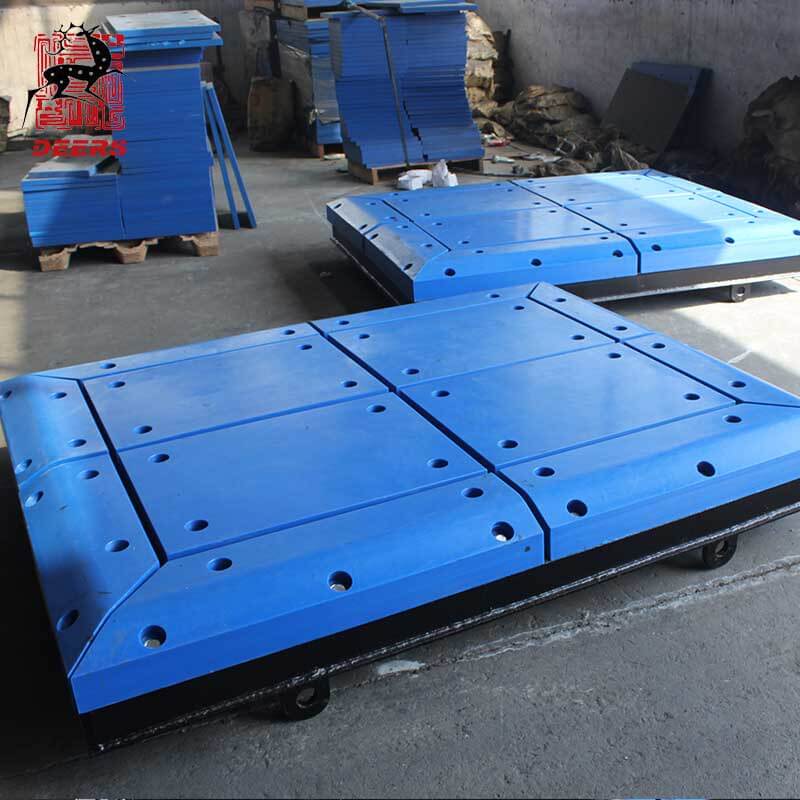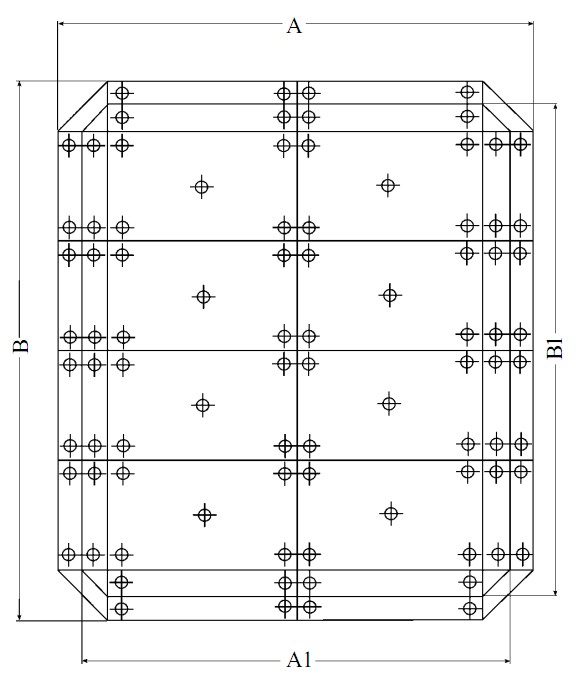Fender panel design requirements
The main function of the fender panel is to distribute the reaction forces from fender units into the ship’s hull, so the designs should be suit each individual berth.
The loads and stress loads exert on to fender panel will depend on many factors—-the type of ship, berthing mode, characteristic of the rubber fender and tidal range, etc.
The design of fender panel should meet the following requirements:
- Resistance to bending moments and shear forces
- Resistance to impact on part
- There is no deflection on front panel and face pad during the compression
- Suitable corrosion protection for intended environment
The type of the structure of fender panel
There are two types: open type and closed type. Regarding the open type, it is consists of steel pad, H steel, and across steel. The closed type is consists of steel pad, back steel, and H steel.

The determination of the dimension of the structure of the fender panel :
The following requirement should be met in the design:
P=∑R/ A1B1≤Py(Where P = Hull Pressure)
P= The sum of maximum reaction force of all fender (KN)
A1 = Valid width of front panel (m)
B1= Valid length of front panel (m)
Py= Hull allowable surface pressure (KN/m2)
Therefore if the allowable surface is known, the dimension of the front panel can be determined.
The allowed hull pressure can be obtained from the following table if it’s not available in design
|
Ship pattern |
Allowed hull pressure |
| General oil tanker | 250~350 KN/m2 |
| Coastal tanker | 250~350 KN/m2 |
| Bulk ship | 150~250 KN/m2 |
| Panamax Container Ships | 150~250 KN/m2 |
| Sub-Panamax Container Ships | 300~400 KN/m2 |
| Sub-Panamax Container Ships | 400~500 KN/m2 |
| General cargo ship | 300~600 KN/m2 |
| Gas Carrier | 100~200 KN/m2 |


